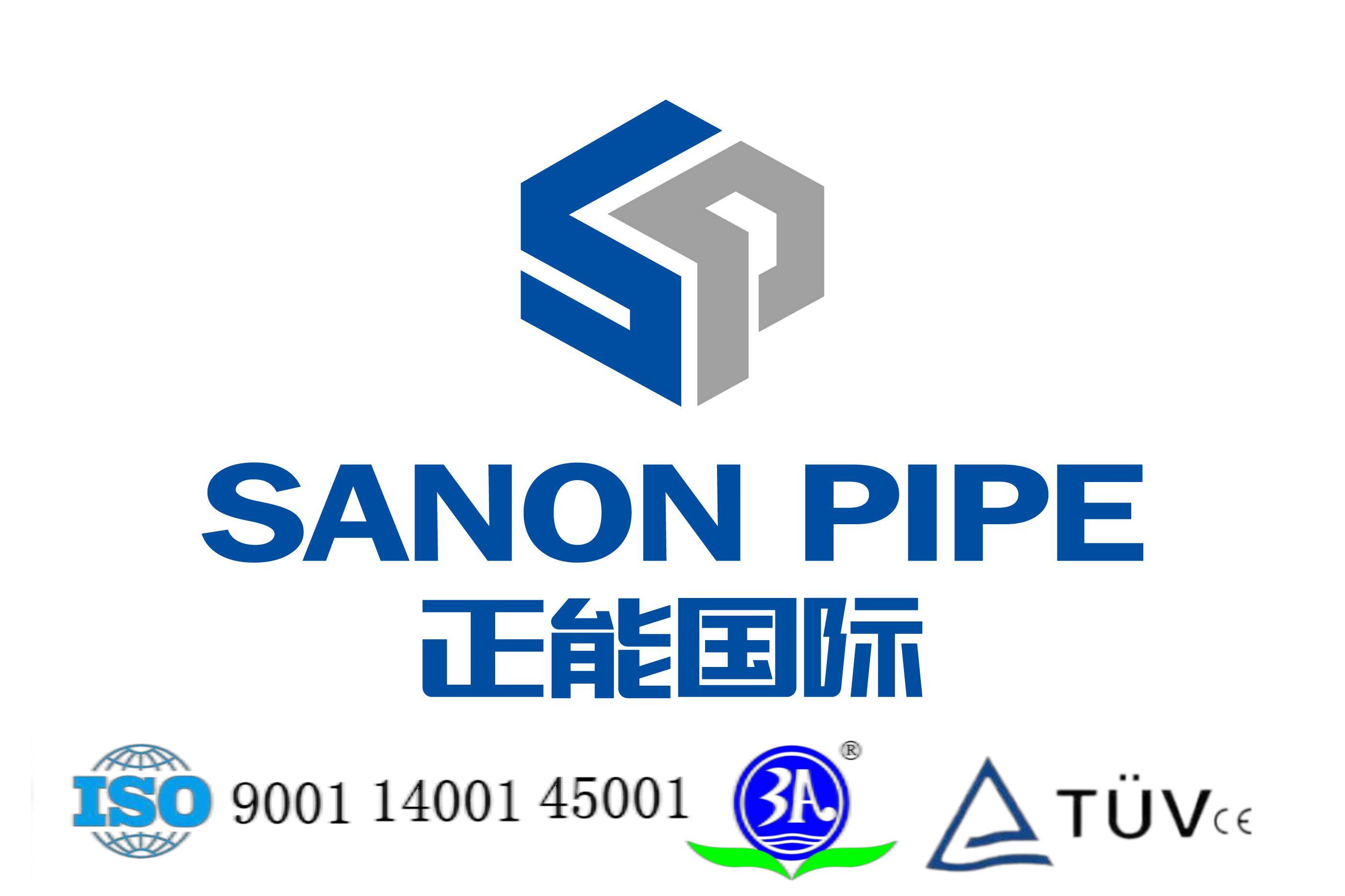As an important transportation pipeline, seamless steel pipes are widely used in petroleum, natural gas, chemical industry, electric power and other industries. During use, they must be strictly tested to ensure the quality and safety of the pipeline. This article will introduce seamless steel pipe testing from two aspects: testing items and methods.
Test items include shape, size, surface quality, chemical composition, tensile, impact, flattening, flaring, bending, hydraulic pressure, galvanized layer, etc.
Detection method
1. Tensile test
2. Impact test
3. Flattening test
4. Expansion test
5. Bending test
6. Hydraulic test
7. Galvanized layer inspection
8. Surface quality requires that there should be no visible cracks, folds, scars, cuts and delamination on the inner and outer surfaces of the steel pipe.
In addition, inspections will be carried out according to customer needs, such as GB/T 5310-2017 seamless steel pipes for high-pressure boilers.
Chemical composition: Steel mainly contains elements such as chromium, molybdenum, cobalt, titanium, and aluminum, which can improve the heat resistance and corrosion resistance of steel.
Mechanical properties: Yield strength ≥ 415MPa, tensile strength ≥ 520MPa, elongation ≥ 20%.
Appearance inspection: There are no obvious defects, wrinkles, folds, cracks, scratches or other quality defects on the surface.
Non-destructive testing: Use ultrasonic, ray and other methods to test steel pipes to ensure that the internal quality of seamless steel pipes is defect-free.

Post time: Oct-26-2023





